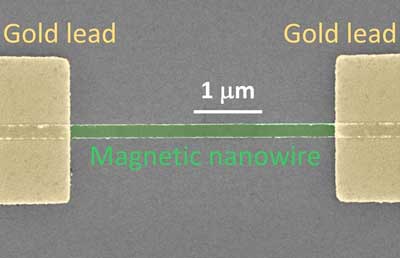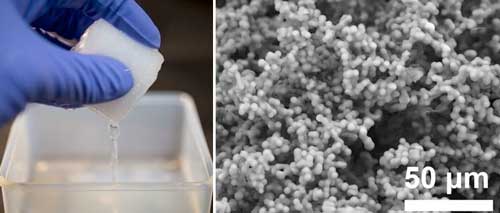
Tuesday, October 30, 2018
Making a transparent flexible material of silk and nanotubes
Nanowire-based light detectors work like gecko ears

Tiny, pain free vaccinations - microneedles and nanoparticles

Scientists discover technique for manipulating magnets at nanoscale

Crystal size of organic semiconductors can be controlled using inorganic polymer micropillar-based solution shearing system

Simple, mass production of giant vesicles using a porous silicone material

Subscribe to:
Comments (Atom)
